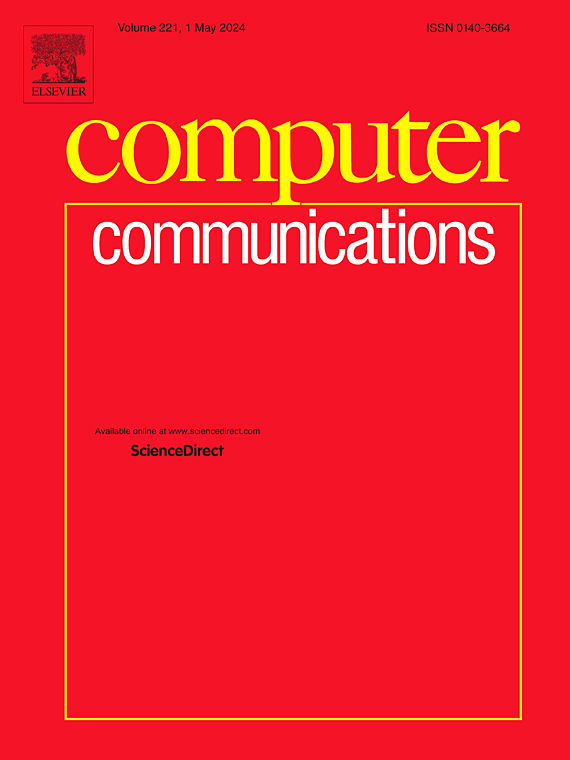LFIoTDI: A lightweight and fine-grained device identification approach for IoT security enhancement
IF 4.5
3区 计算机科学
Q1 COMPUTER SCIENCE, INFORMATION SYSTEMS
引用次数: 0
Abstract
The rapid development of the Internet of Things (IoT) has brought new challenges in device identification. Accurately identifying IoT devices connected to a network is vital for effective resource management, network planning, security threat detection, and handling anomalous traffic. However, existing traffic-based device identification approaches have shortcomings in terms of accuracy, stability, identification granularity, etc. In this study, we introduce LFIoTDI, a lightweight and fine-grained device identification method leveraging machine learning to enhance IoT security. Based on an innovative feature set, LFIoTDI can accomplish device identification on resources-constraint IoT devices with just a single network-layer packet. Additionally, a key feature of LFIoTDI is its use of the Message Queuing Telemetry Transport (MQTT) protocol for real-time updates to the device identification model, greatly enhancing the model’s scalability. Extensive evaluation experiments on the CIC, UNSW, and SMPS datasets demonstrate LFIoTDI’s exceptional performance, achieving accuracies of 99.08%, 98.15%, and 95.28%, respectively, while maintaining minimal system overhead. These results highlight its broad effectiveness in the IoT environment.
LFIoTDI:一种轻量级和细粒度的设备识别方法,用于增强物联网安全
物联网(IoT)的快速发展给设备识别带来了新的挑战。准确识别连接到网络的物联网设备对于有效的资源管理、网络规划、安全威胁检测和处理异常流量至关重要。然而,现有的基于流量的设备识别方法在准确性、稳定性、识别粒度等方面存在不足。在本研究中,我们介绍了LFIoTDI,一种轻量级和细粒度的设备识别方法,利用机器学习来增强物联网安全性。基于创新的功能集,LFIoTDI可以在资源受限的物联网设备上完成设备识别,只需一个网络层数据包。此外,LFIoTDI的一个关键特性是使用消息队列遥测传输(MQTT)协议对设备识别模型进行实时更新,极大地增强了模型的可伸缩性。在CIC、UNSW和SMPS数据集上进行的大量评估实验表明,LFIoTDI具有出色的性能,在保持最小系统开销的同时,准确率分别达到99.08%、98.15%和95.28%。这些结果突出了其在物联网环境中的广泛有效性。
本文章由计算机程序翻译,如有差异,请以英文原文为准。
求助全文
约1分钟内获得全文
求助全文
来源期刊

Computer Communications
工程技术-电信学
CiteScore
14.10
自引率
5.00%
发文量
397
审稿时长
66 days
期刊介绍:
Computer and Communications networks are key infrastructures of the information society with high socio-economic value as they contribute to the correct operations of many critical services (from healthcare to finance and transportation). Internet is the core of today''s computer-communication infrastructures. This has transformed the Internet, from a robust network for data transfer between computers, to a global, content-rich, communication and information system where contents are increasingly generated by the users, and distributed according to human social relations. Next-generation network technologies, architectures and protocols are therefore required to overcome the limitations of the legacy Internet and add new capabilities and services. The future Internet should be ubiquitous, secure, resilient, and closer to human communication paradigms.
Computer Communications is a peer-reviewed international journal that publishes high-quality scientific articles (both theory and practice) and survey papers covering all aspects of future computer communication networks (on all layers, except the physical layer), with a special attention to the evolution of the Internet architecture, protocols, services, and applications.
 求助内容:
求助内容: 应助结果提醒方式:
应助结果提醒方式:


